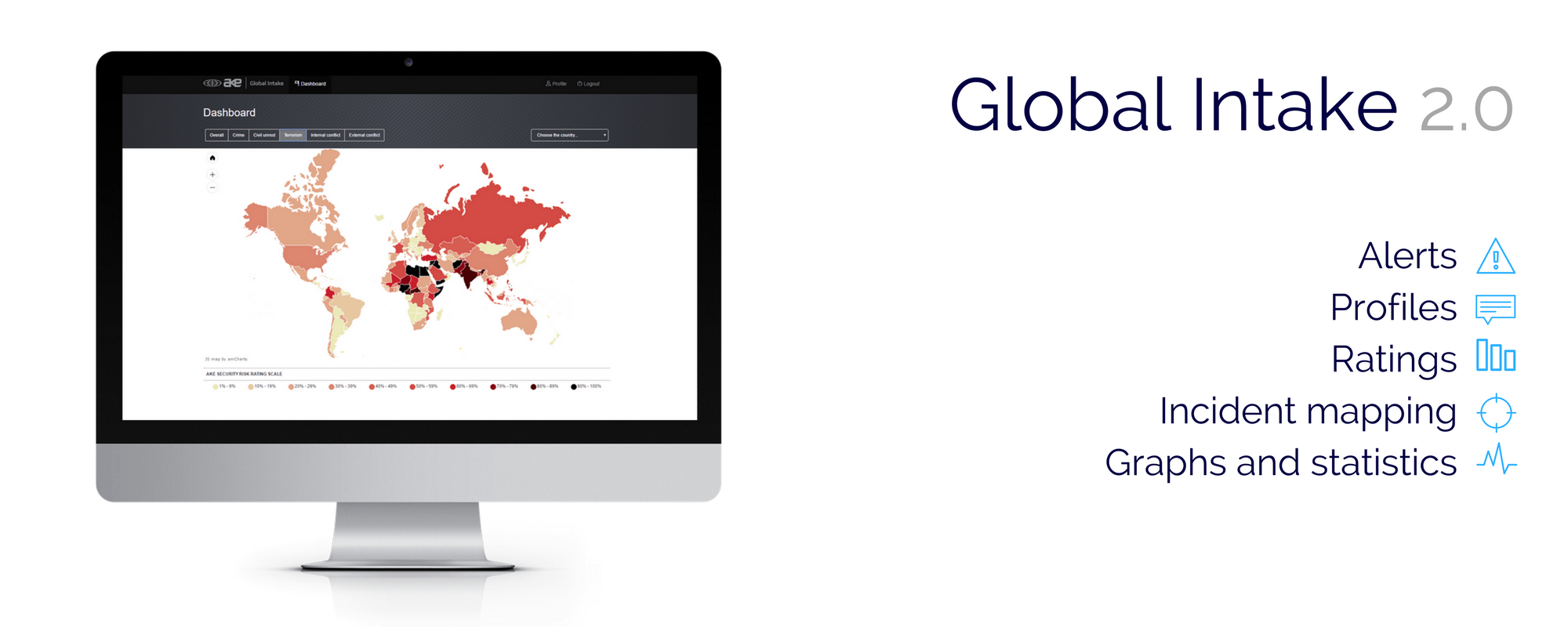Date first published: 21/09/2017
Key sectors:all
Key risks:external conflict
‘If forced to defend ourselves and our allies, we will have no choice but to totally destroy North Korea’. So said US President Donald Trump on 19 September as he addressed world leaders in his maiden UN General Assembly speech, at an institution constructed in the aftermath of the second world war to try to prevent another major global conflict from happening.
Heightened fear over North Korea’s nuclear capabilities stems from the substantial advances its nuclear programme has made this year. Several test missiles have landed provocatively close to Japan, with one on 15 September flying over the Japanese island of Hokkaido. Trump has responded with threats, promising ‘fire and fury’ against the regime. The notion of a ‘preventative war’ against North Korea has become almost mainstream in US conversation, despite having been ruled out in 1994 as carrying risks of catastrophic losses in South Korea.
Despite the public shock of North Korea’s nuclear advancements, the security community has generally accepted the regime’s inevitable progress towards long-range nuclear weapons that begun while George Bush Jr was in the White House. Kim Jong-un has been portrayed by the Trump administration and others as a reckless madman who might be willing to risk his own country’s annihilation to fire a nuclear missile at the US mainland. Yet this demonization does little to help the world understand the reasons for Kim’s push towards nuclear weapons.
Considering the fall of Libyan dictator Muammar Gaddafi soon after surrendering his nuclear weapons, it is not surprising that Kim appears to see nuclear weapons as guarantor of his safety. Yet Kim has also shown himself to be politically savvy since becoming supreme leader in December 2011, eliminating rival centres of power in Pyongyang and bringing a degree of stability unseen in the later reign of his father. While the world was aghast at the regime’s apparent assassination of Kim’s half-brother Kim Jong-nam in Kuala Lumpur’s airport in February 2017, Beijing had long considered Jong-nam a potential replacement for its smaller neighbour. Taking him out could therefore be viewed as a rational move on Kim’s part.
As well as consolidating power, Kim appears intent on making economic development a key aim of his rule, replacing the ‘military first’ doctrine of his father with ‘byungjin’, simultaneous nuclear and economic development, as the regime’s key philosophy in April 2013. While economic development does not amount to economic reform, at home Kim increasingly emphasises economic successes over military might.
With a standing military of around one million personnel, compared to a total standing population of around 25m, North Korea’s inflated military is a major burden on state resources. In this view, replacing some of the army’s deterrence capability with a nuclear arsenal may ultimately prove a cost-saving measure that frees up invaluable human capital for economic development.
A nuclear-armed North Korea is certainly not a desirable outcome for global security, and it is a particularly ill one for regional neighbours South Korea and Japan. Yet it is important to understand that the Kim regime’s nuclear ambitions do not stem from a self-destructive madness, but part of calculation for regime survival and ultimately for the rebalancing of the country’s economy. While the UN is right to punish North Korea with more sanctions, there is little the world can do other than accept North Korea as a nuclear state.


